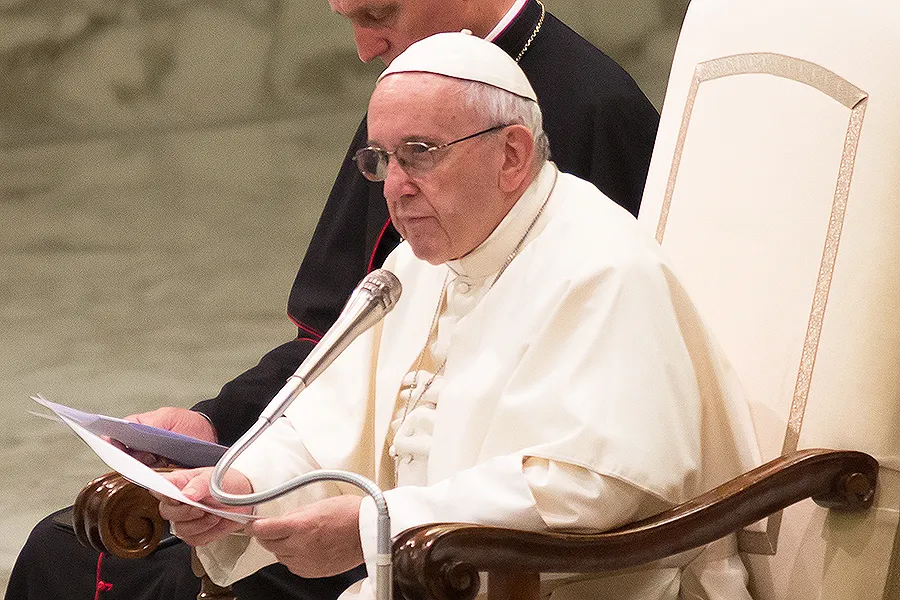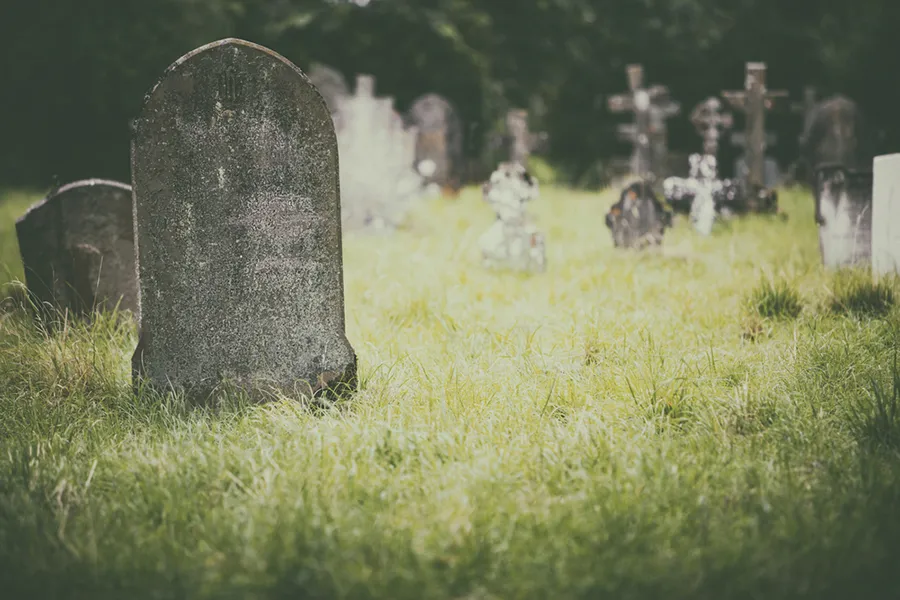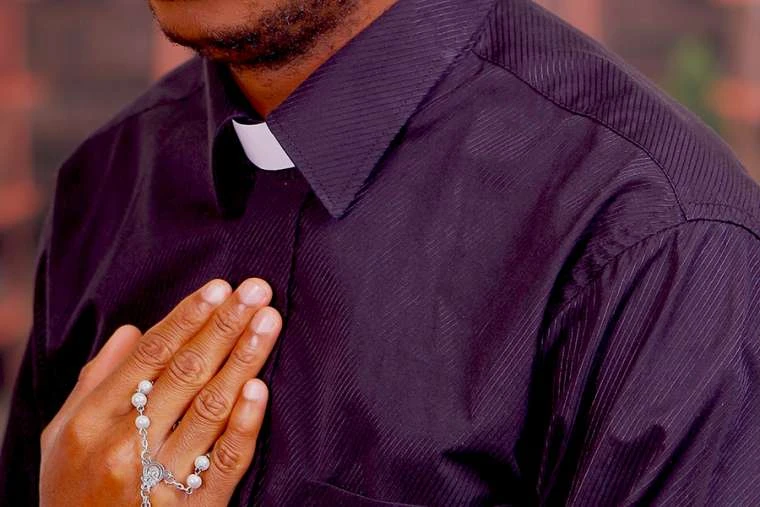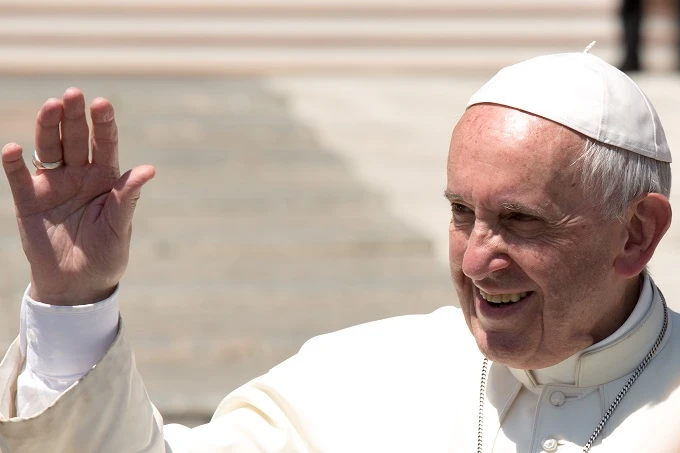
Dictatorship the underlying problem in Nicaragua riots, priest says
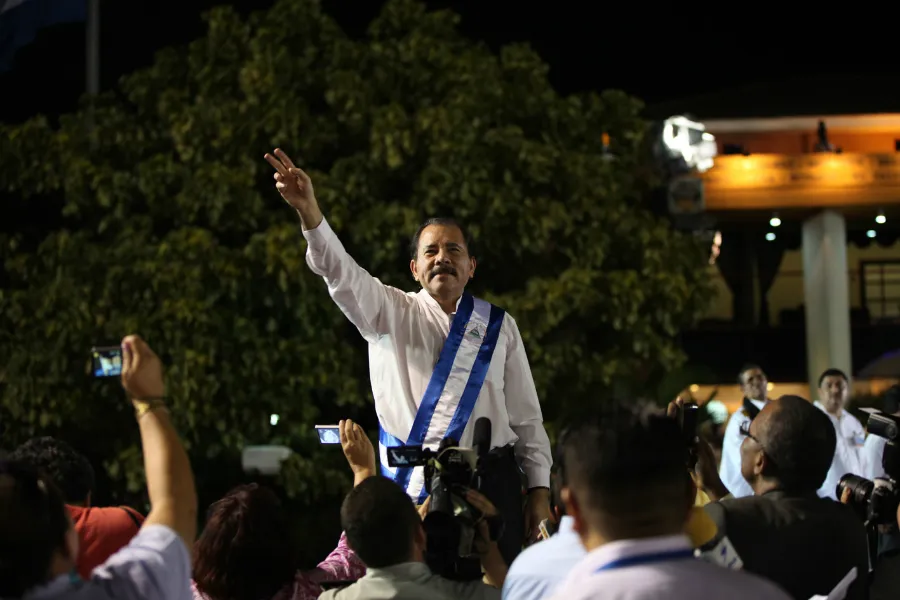
Managua, Nicaragua, Apr 24, 2018 / 01:08 pm (CNA/EWTN News).- As violent clashes continue between security forces and anti-government protestors in Nicaragua, an eye witness has said the country’s underlying problem is the president’s authoritarian bent.
Nicaraguans began protesting in the streets of Managua April 18 following the government’s announcement of reforms to the country’s social security system. The army has been deployed and as many as 27 people have been killed.
The social security reforms were abandoned April 22 by president Daniel Ortega, but protests have increased over what is seen as an overly harsh response to protesting pensioners.
Nicaragua “is living under a dictatorship with the facade of democracy,” a priest working in the country told CNA.
“We could see a transition to peaceful negotiation in the coming days and an end to protests on the street and violent repression. Or we could see an accelerated effort to amplify the protests and fight for a complete take down of the Ortega regime.”
The priest spoke on condition of anonymity due to the unpredictability of the situation.
“The continued aggression and violence on the part of the government continues to incite people to protest. One step forward followed by two steps back,” he said.
A reporter was killed during a broadcast covering the protests over the weekend, and the priest believes that the government’s strong reaction against protestors, and in particular students – including the use of tear gas and rubber bullets by riot police – motivated the latest round of protests Monday.
Nicaragua’s social security system has needed an overhaul due to poor management of funds and a lack of transparency from officials, the priest said.
However, the reforms proposed last week would make Nicaraguans pay for these errors: “it was a trigger for massive protests,” he said, pointing out that though social security reforms lit the fire, the conversation surrounding the protests has changed.
The plan would have required retirees to pay 5 percent of their pension into a medical expenses fund, the social security withdrawal from employees’ salaries would have increased from 6.25 to 7 percent, and employers would have had to increase contributions as well.
Though the reform was tossed out, larger-scale protests and looting broke out April 23, including demands for Ortega to resign and resulting in further violent clashes with police.
The priest said he believes older Nicaraguans had been reluctant to protest corruption because they feared violence, having lived through the Nicaraguan Revolution throughout the 1960s, ’70s, and ’80s.
Young people, on the other hand, “feel like it is their turn, to take up the mantle of their parents, aunts and uncles, grandparents, to fight for a better future for Nicaragua.”
Bishop Silvio José Baez Ortega, Auxiliary Bishop of Managua, thanked a group of some 2,000 students gathered in the Managua cathedral April 21 for being “the moral reservoir” of the Church and assured them of the Church’s support for their cause. “You have woken the nation up,” he said.
Fr. Víctor Rivas Bustamante, from the Nicaragua bishops’ conference, told Vatican News that the local bishops are “working to recover the concerns and demands of young people and of different social sectors, to lay out to the government what is being demanded so that the government can act and change its position.”
The problem is no longer just welfare reform, but “other issues: there is talk of democracy, freedom of expression, and many other things,” Bustamante said.
Ortega has been president of Nicaragua since 2007, and oversaw the abolition of presidential term limits in 2014. His wife, Rosario Murillo, is also his vice president.
He was a leader in the Sandinista National Liberation Front, which had ousted the Somoza dictatorship in 1979 and fought US-backed right-wing counterrevolutionaries during the 1980s. Ortega was also leader of Nicaragua from 1979 to 1985 as coordinator of the Junta of National Reconstruction, and from 1985 to 1990 as president.



